Intrigue Floribunda Rose
$26.00 Original price was: $26.00.$9.90Current price is: $9.90.
Genus:Rosa
Species:hybrida
Variety:’JACum’
Item Form:Bareroot Grafted
Zone:5 – 9
Bloom Start to End:Late Spring – Late Fall
Habit:Upright
Plant Height:4 ft
Plant Width:3 ft – 4 ft;Bloom Size:3 in
Additional Characteristics:Award Winner,Bloom First Year,Free Bloomer,Pruning Recommended,Repeat Bloomer
Bloom Color:Dark Purple,Dark Red;Bud Shape:Ovoid,Pointed;Flower Shape:Double,High-centered,Reflexed
Foliage Color:Dark Green,Glossy;Fragrance:Citrus,Strong,Sweet
Light Requirements:Full Sun
Moisture Requirements:Moist, well-drained
Resistance:Heat Tolerant,Humidity Tolerant
Soil Tolerance:Normal, loamy
Uses:Beds,Border,Cut Flowers,Landscapes,Outdoor;Restrictions: *Due to state restrictions we cannot ship to the following:Guam,Canada,Puerto Rico,Virgin Islands
Adorned with a bouquet of large, symmetrically formed, plum-purple blooms on every branch, this floribunda boasts some of the best qualities of a hybrid tea. The rare combination of size and form—and the rich color of the double blooms of this All-American Rose Selections award winner—make Intrigue a standout in any floral display.
Bred from White Masterpiece and Heirloom, Intrigue enjoys a high petal count and the fine form of a hybrid tea, while producing 3 or 4 magnificently ruffled blooms in every cluster. The 3-inch flowers bloom in flushes through the season. Though the fragrance of the flowers is mostly citrus, a dash of sweetness produces an intoxicating elixir that transforms a room into an olfactory pleasure palace.
Great in beds, borders, and containers or as hedges or cut flowers, the reddish-purple blooms stand out on the shrub’s glossy, dark green foliage. The compact, upright shrub is dense in branches and grows up to 4 feet in height and 3 to 4 feet in width.
Very resistant to disease, Intrigue is tolerant of a variety of climates, though it requires spring freeze protection. The floribunda flowers best if fed heavily during the growing season. If grown in a container, it also needs protection against the cold.
Spring pruning is recommended. Old and dead canes should be removed and canes that cross should be trimmed. In winter, cut canes back by at least one-third. Additional trimming is recommended in colder climates.
| Weight | 1 kg |
|---|---|
| Dimensions | 1 × 1 × 1 cm |
Shipping Time
Shipping is an additional 15-35 business days depending on location. Shipping time will be provided at checkout.
Returns
If seeds fail to leave China, we will refund your payment 100%. But if seeds fail to reach you due to customs problem on your side which we were not informed in advance, we will not be able to bear any loss, and no refund will be made.
We sell only viable plants seeds online, and test germination of our seeds from time to time. So we will not be able to refund for seeds that clients fail to germinate, unless we are convinced that it's truly problem of our seeds.
———
Please send us an email: [email protected] and be as detailed as possible while filling in the information.
After submission, We will reply to you within 24 hours. Please be patient.
———
CHARGEBACKS & DISPUTES
Please contact us by email before opening a merchant chargeback or payment dispute, as we can generally resolve the issue before that takes place. Any chargebacks and disputes disable our ability to issue refunds or credits due to funds being frozen.
———
REFUND, EXCHANGE AND RETURN
Customers have the right to request a refund/ return/ exchange within 14 days from the delivery date. Our Customer Service team will offer the best solutions for specific situations.

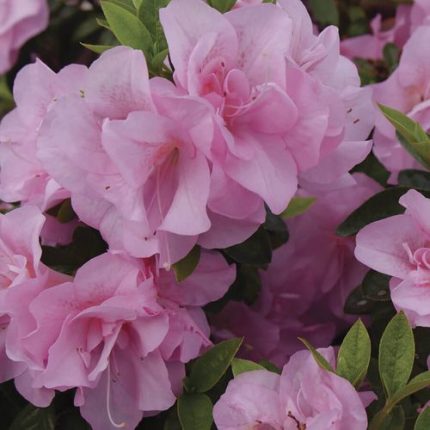
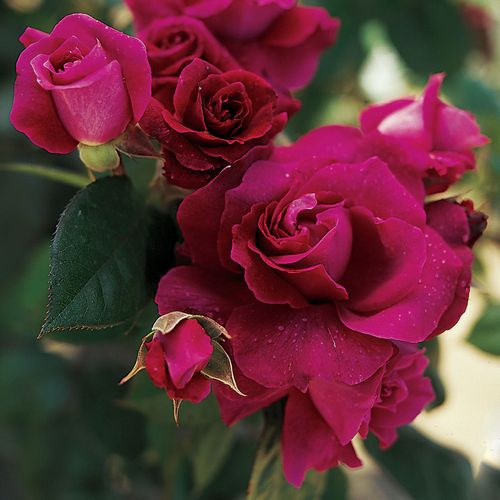
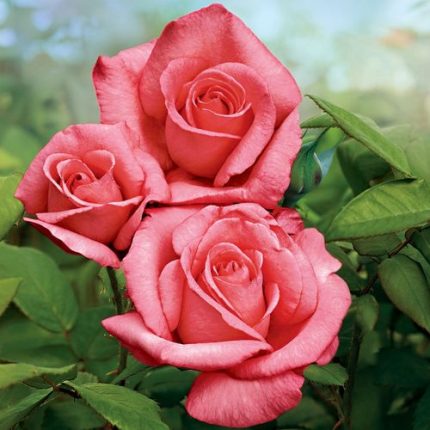
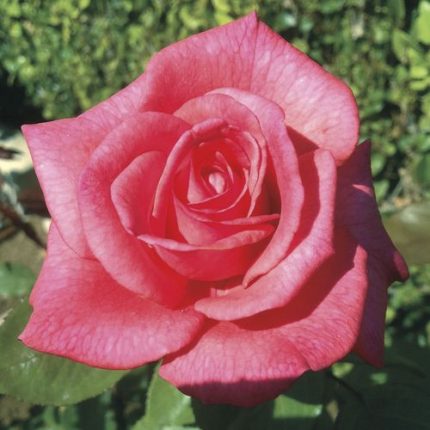
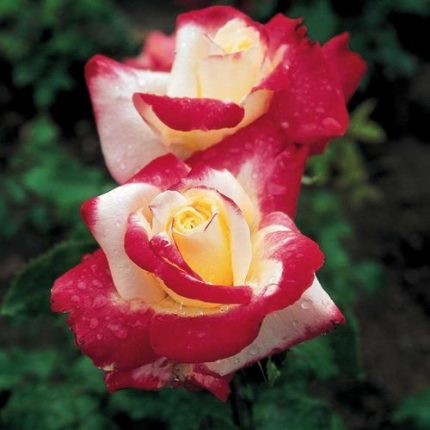
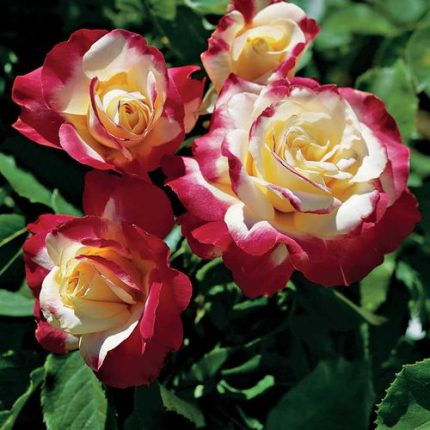
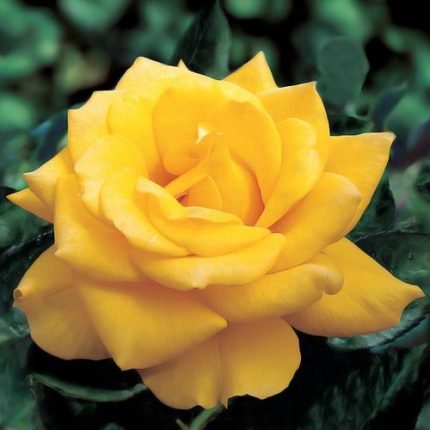
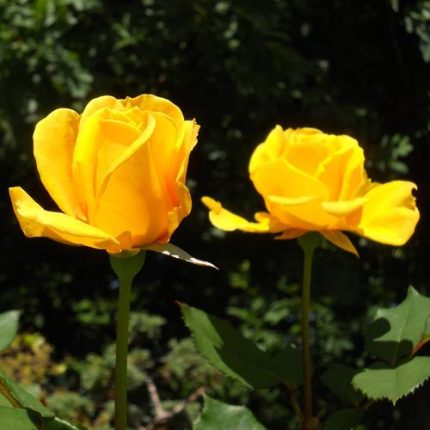
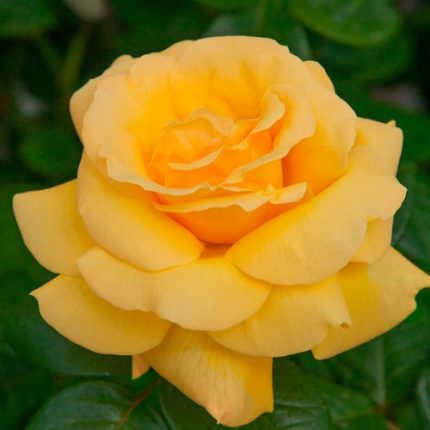
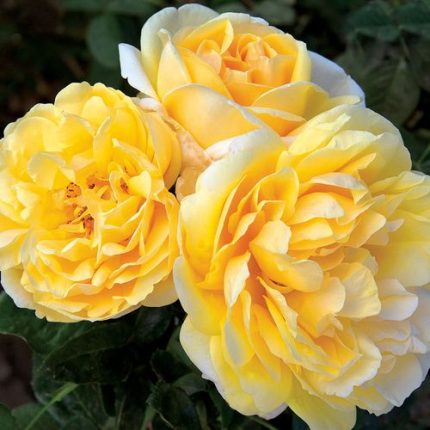
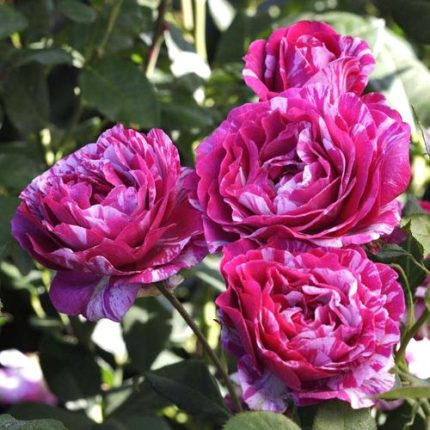
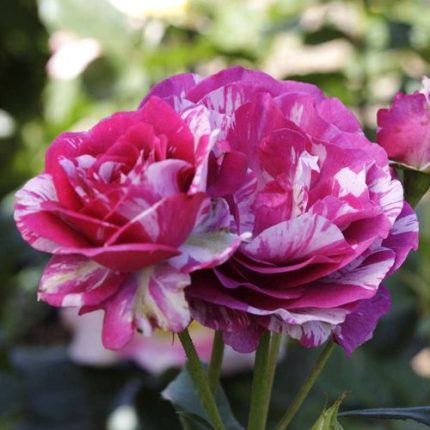
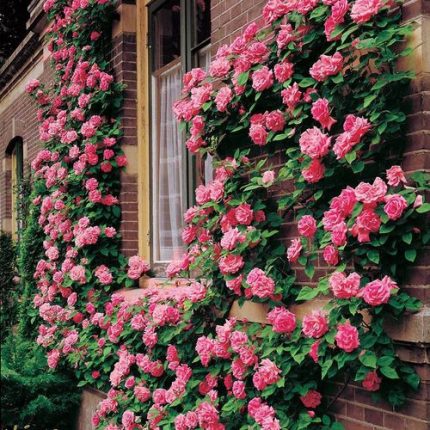
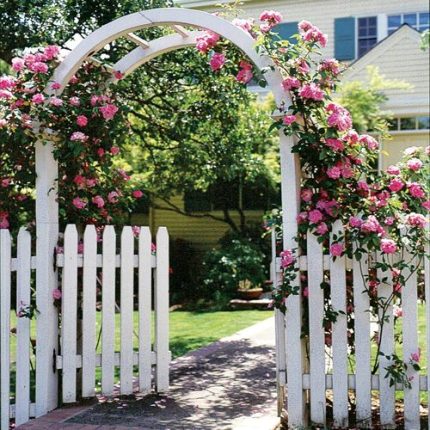
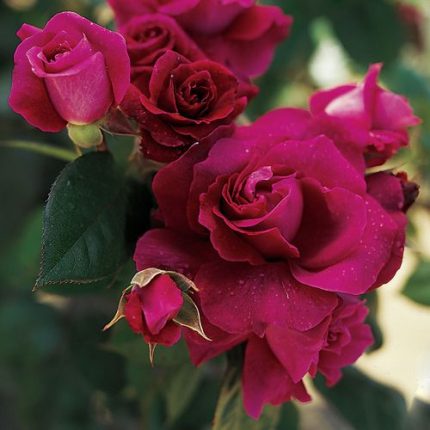
Reviews
There are no reviews yet.